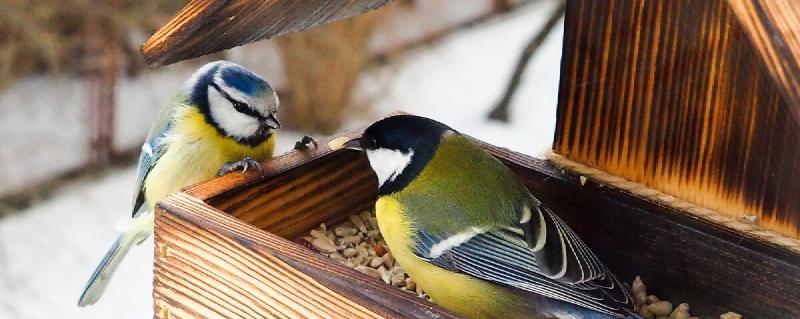Engaging with nature can be difficult because it often involves working on very different scales than we are used to. Things can be too small to see, too big to get our heads around, take too long, or happen too quickly.
Getting into birds can be really difficult to get into, particularly when used as an example of migration, because patterns only show up when we look over one or more years and they can move over very large distances. Today we can use GPS to track exactly where individual birds go, but this is expensive and you can’t do this from home.
Birds traditionally studied using rings with colour or number codes. Birdwatchers look for rings and record where and when they are seen. Sharing records from different places over a number of years is how we have learned about migration patterns.
Before we had access to this data people only knew that birds like geese would disappear over winter and return in spring. As an example, in the UK people had never seen a barnacle goose egg or nest. The prevailing belief was that these geese hatched fully formed from barnacles. Goose barnacles have a long neck-like foot they use to anchor themselves, topped with a shell which looks like the bill of a goose.
Today, because we record and share data, we know Barnacle geese breed in the far north. Places like Greenland and Svalbard. There are more daylight hours there in summer, so there is more plant growth and good for geese and their young. They then fly south and overwinter in places like Scotland and the Netherlands.
Activity ideas
-
Set up a bird feeder - Somewhere you can see it easily, but not so close that you will disturb birds. 2m from a window should be enough. Alternatively, partly close blinds or use translucent curtains to camouflage yourself.
-
Set up nest boxes now - Waiting too long and birds will have already chosen their nesting sites.
-
Use a wildlife camera - Consider making friends with a neighbour to split costs and share the streaming video.
-
Take photos! - Get to know the characteristics of your neighbourhood birds.
-
Send records of bird rings to - https://euring.org/
Find out more at: https://www.bto.org/ and https://www.rspb.org.uk/
-
Design experiments to test bird navigation - Come up with a list of ways to navigate and imagine an experiment to test if birds actually use it. Think of small ways to change the experiment to rule out variables.
-
Keep a record of wildlife data collected by a class each year - You can refer to it in the following year and look for patterns. Which birds stay around, why?
-
Design nest boxes or bird feeders - Think about experimental design. Does colour, shape or size affect what birds use it?
-
Describe your sightings - Think about vocabulary to make accurate description of physical characteristics and behaviour.
-
Describing birds songs - Use ornithological vocabulary like: cooing, clucking, trilling
Or use onemonepia (forming words from letters to match a sound) as an excellent, low pressure, way of exercising phonics skills. There’s no right or wrong answer because you make up your own word!
Send us questions or comments on our About Us page.
